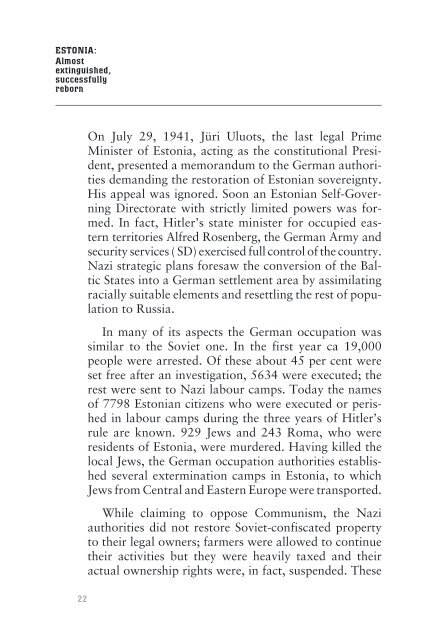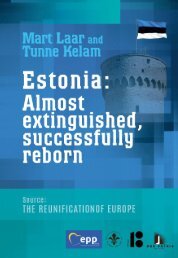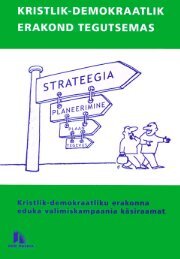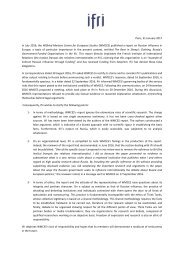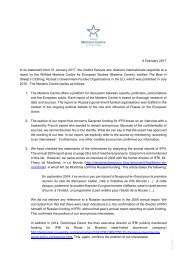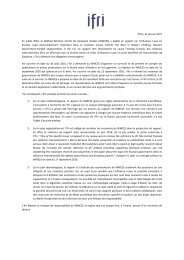ESTONIA: Almost extinguished, successfully reborn
The following text is the shortest possible review to help inform friends and guests from abroad about Estonia’s experience with foreign occupation and totalitarianism as well as its road to peacefully re-establishing national inde-pendence on the basis of democracy. Tunne Kelam Member of the European Parlament
The following text is the shortest possible review to help inform
friends and guests from abroad about Estonia’s experience with
foreign occupation and totalitarianism as well as its road to
peacefully re-establishing national inde-pendence on the basis
of democracy.
Tunne Kelam
Member of the European Parlament
You also want an ePaper? Increase the reach of your titles
YUMPU automatically turns print PDFs into web optimized ePapers that Google loves.
<strong>ESTONIA</strong>:<br />
<strong>Almost</strong><br />
<strong>extinguished</strong>,<br />
<strong>successfully</strong><br />
<strong>reborn</strong><br />
On July 29, 1941, Jüri Uluots, the last legal Prime<br />
Minister of Estonia, acting as the constitutional President,<br />
presented a memorandum to the German authorities<br />
demanding the restoration of Estonian sovereignty.<br />
His appeal was ignored. Soon an Estonian Self-Governing<br />
Directorate with strictly limited powers was formed.<br />
In fact, Hitler’s state minister for occupied eastern<br />
territories Alfred Rosenberg, the German Army and<br />
security services ( SD) exercised full control of the country.<br />
Nazi strategic plans foresaw the conversion of the Baltic<br />
States into a German settlement area by assimilating<br />
racially suitable elements and resettling the rest of population<br />
to Russia.<br />
In many of its aspects the German occupation was<br />
similar to the Soviet one. In the first year ca 19,000<br />
people were arrested. Of these about 45 per cent were<br />
set free after an investigation, 5634 were executed; the<br />
rest were sent to Nazi labour camps. Today the names<br />
of 7798 Estonian citizens who were executed or perished<br />
in labour camps during the three years of Hitler’s<br />
rule are known. 929 Jews and 243 Roma, who were<br />
residents of Estonia, were murdered. Having killed the<br />
local Jews, the German occupation authorities established<br />
several extermination camps in Estonia, to which<br />
Jews from Central and Eastern Europe were transported.<br />
While claiming to oppose Communism, the Nazi<br />
authorities did not restore Soviet-confiscated property<br />
to their legal owners; farmers were allowed to continue<br />
their activities but they were heavily taxed and their<br />
actual ownership rights were, in fact, suspended. These<br />
22


